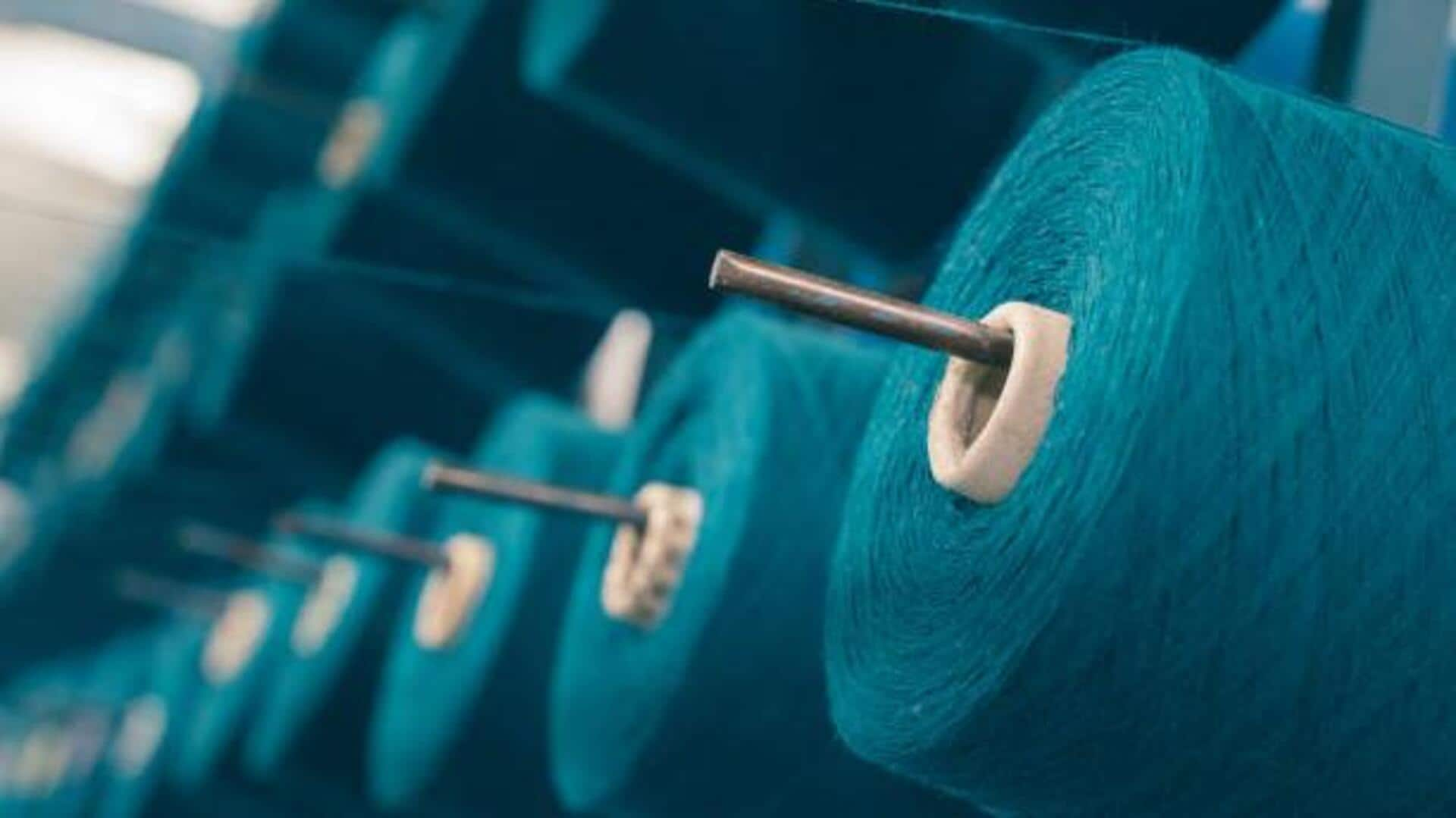
Master African-inspired cotton spinning like a pro
What's the story
Africa holds a vibrant legacy in cotton spinning, woven into the fabric of its cultural history. This article unveils the secrets behind authentic African-style cotton spinning, offering insights for passionate spinners seeking to master this art form. From selecting the perfect raw cotton to embracing traditional hand spinning techniques, we provide actionable advice to elevate your craft to a professional standard.
Raw material
Understanding the raw material
The key to becoming a pro at cotton spinning? Knowing your raw material inside and out. African cotton is highly regarded for its long fibers, perfect for spinning. Invest in good quality cotton. This is crucial as it affects the strength and feel of your yarn. Go for organic choices. They keep the natural oils intact, which is good for spinning.
Techniques
Traditional spinning techniques
African spinners use hand spindles or rudimentary spinning wheels, not the fancy modern ones. Mastering these methods takes time and patience, but it's worth it for the authentic experience. Begin with a drop spindle. It's cheap, portable, and ideal for learning the basics. Concentrate on establishing a steady rhythm and managing tension.
Modernization
Modern adaptations for efficiency
While traditional methods hold their charm, modern adaptations can increase efficiency without sacrificing quality. Using a modern spinning wheel specifically designed for fine fibers can drastically reduce the time involved. Plus, opting for pre-carded cotton eliminates the need for tedious carding, saving you time and guaranteeing consistency in your spun yarn.
Dyeing
Dyeing your yarn with natural colors
Once you've perfected the art of spinning, taking the extra step to dye your yarn will truly elevate your African-inspired textiles. Use natural dyes derived from plants indigenous to Africa like indigo or henna to achieve rich colors that carry cultural meaning. Try different dyeing methods such as batik or tie-dye to add distinctive patterns.
Preservation
Preserving your craft
And finally, keeping your craft alive means never stop learning, and passing on what you know to others who are interested in African-inspired cotton spinning. Join textile arts communities or workshops to share ideas and techniques. Writing about your processes on blogs or social media can inspire others, and keep traditional practices alive in the modern world.